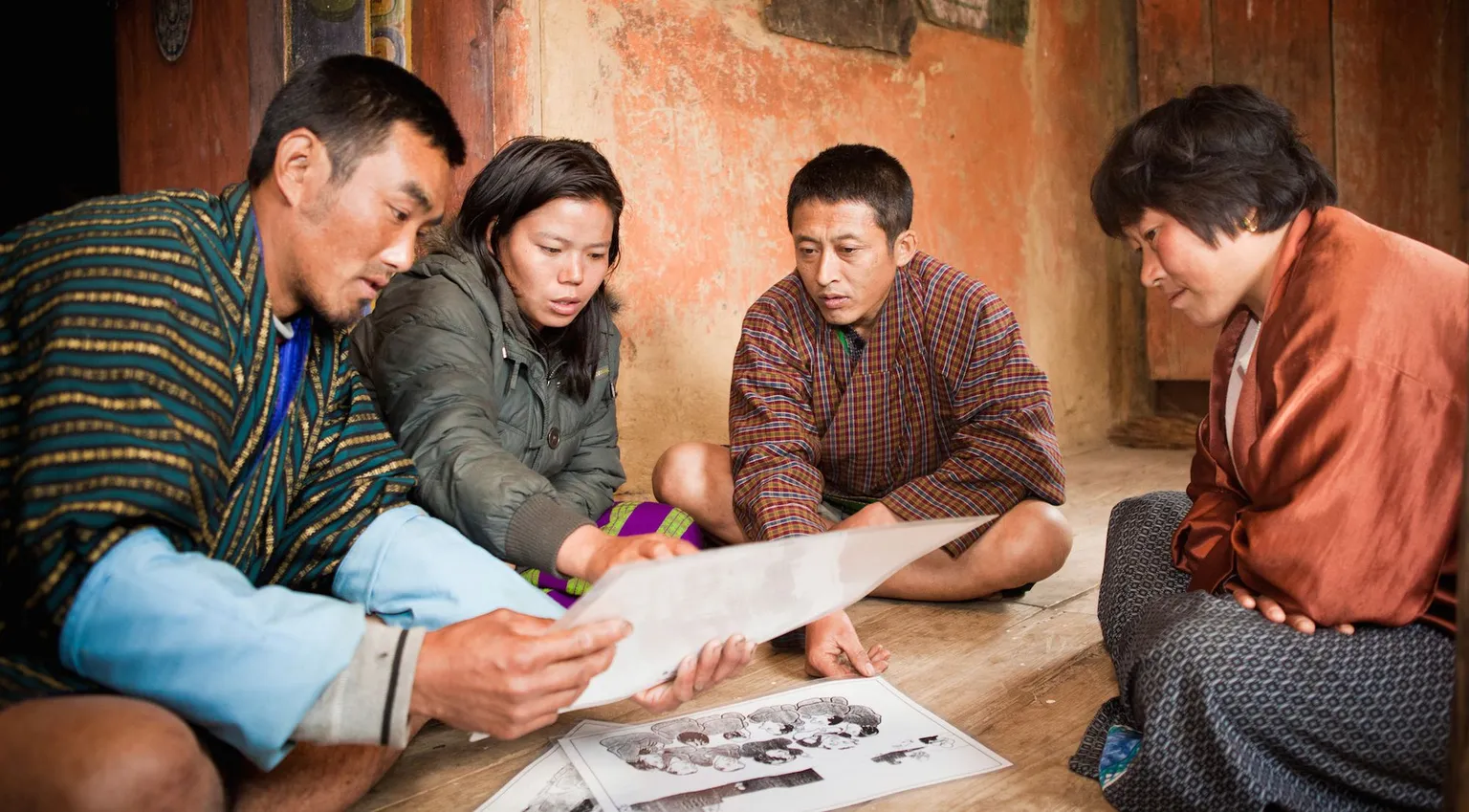Hygiene promotion in Bhutan: does it work and at what cost?

Hygiene promotion rarely stands alone as an intervention, but instead tends to be just a small part of a larger sanitation programme. This means that there is a lack of data around hygiene promotion and in particularly, cost effectiveness.
Under the Sustainable Sanitation and Hygiene for All programme (SSH4A) in Bhutan, SNV and IRC have performed a Hygiene Cost Effectiveness Study to analyse and compare the cost and outcomes of hygiene promotion interventions.
The hygiene cost effectiveness study includes:
Capturing behaviour change using the effectiveness ladder;
Capturing costs of hygiene interventions;
Comparing costs against behaviour changes.
The study is based on IRC’s WASH Cost methodology, designed to help determine the costs and efficacy of WASH-related hygiene promotion interventions. The baseline study took place before the start of the hygiene promotion intervention in Samtse. The midterm update took place two years after the start. The final study will take place in January 2017, after the intervention currently taking place in Samtse where IRC is testing its approach.
For more information on the study and interventions, please contact Thinley Dem or Gabrielle Halcrow****.
You can also have a look at SNV's baseline study, as it was performed in 2014, or check out a quick study overview.
In addition, IRC has written an insightful blog post on their study approach and the midterm update.